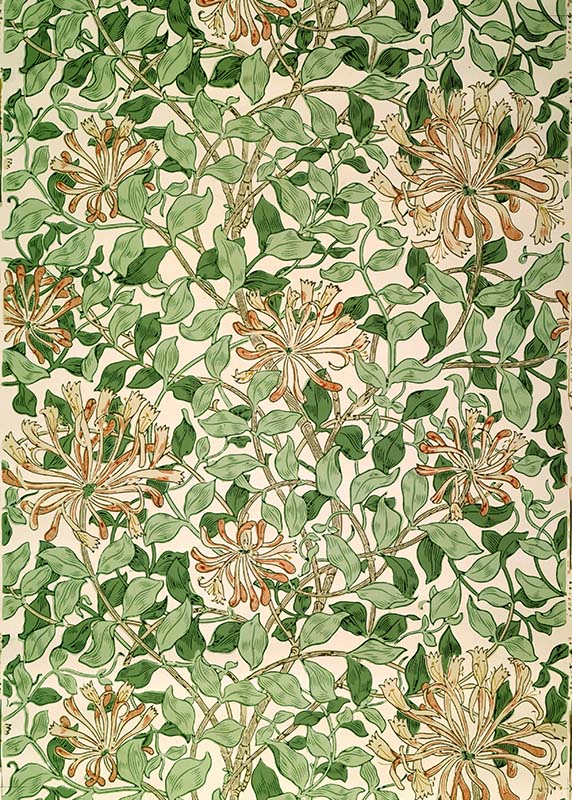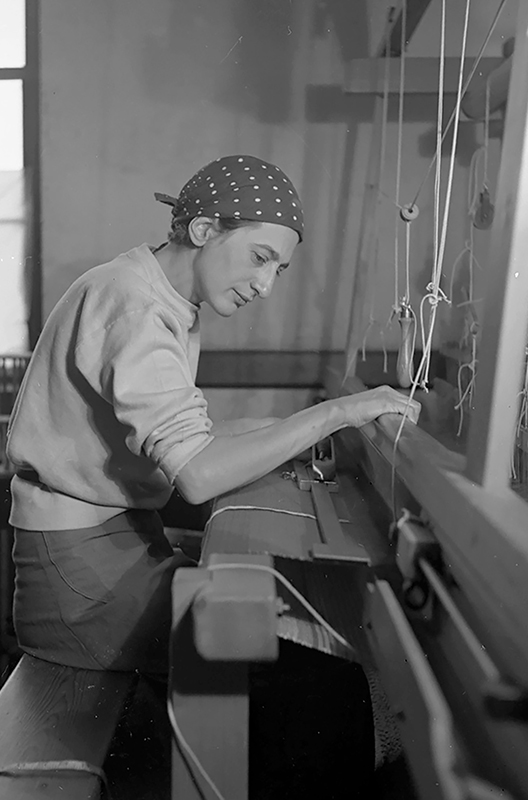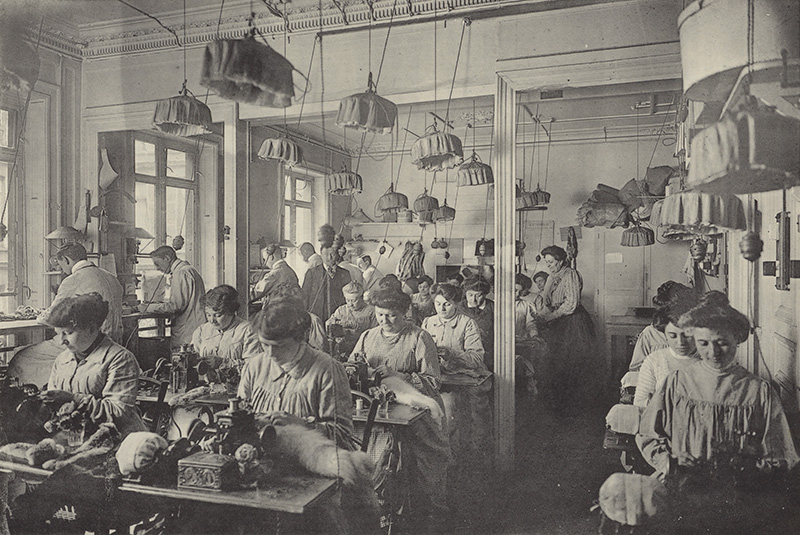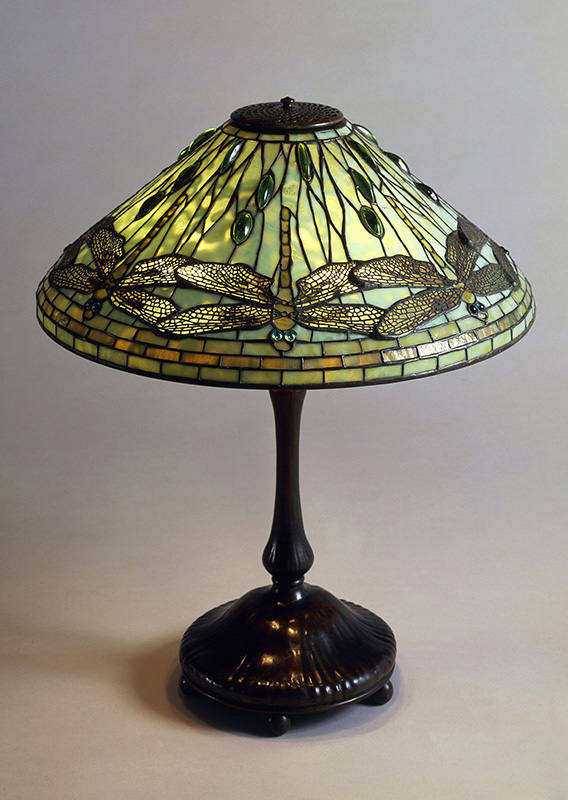Should We Exalt Individual Designers? A New Book Honors and Challenges the Idea of Women in Design
by Kate Burnett Budzyn
Published in January of this year, Women in Design is design historian Anne Massey’s contribution to Thames & Hudson’s World of Art series—a group of slim, easy-to-read, and generously illustrated art historical monographs and surveys. Massey’s mission is straightforward: the book offers a broad readership a quick history-at-a-glance of the women who have made design happen since the late 19th century.
While Massey’s fluid summary is built around the major, mostly white female figures who have indeed received widespread recognition as designers and artists—May Morris and Ray Eames, for example; surrealist couturier Elsa Schiaparelli; Vanessa Bell of Charleston and the Omega Workshop—the author also devotes herself to retrieving what names she can from the ash heap of design history. Through Massey’s careful investigation of workshop archives, she uncovers people like Dora Laing, who in the 1930s, as a drawing clerk in the Type Drawing Office at the Monotype Corporation in London, contributed to the group effort that produced Times New Roman font. The author also reminds us of designers who achieved success in their careers but have often been left out of design history surveys. These include Millicent Taplin, who painted pottery and developed popular patterns at Wedgwood’s Etruria and Barlaston factories for nearly half a century, from 1917 to 1962; and Althea McNish, who produced wildly successful textile and wallpaper designs for many prominent UK companies, including Hull Traders, Liberty, and Zika Ascher.
Readers fatigued with the design world’s relentless hagiography of white male modernists will no doubt find Massey’s new firmament of female designers invigorating. But the author’s thesis also cuts deeper than recognizing forgotten women. Massey argues that women’s work in design has been defined not by singularity—not by rare acts of genius—but by collaboration.
𝘞𝘰𝘮𝘦𝘯 𝘪𝘯 𝘋𝘦𝘴𝘪𝘨𝘯 offers a concise survey of design history’s major female figures. Anni Albers at her loom at Black Mountain College, North Carolina, 1937. Photo Helen Margaret Post. © Amon Carter Museum of American Art.
“Part of the issue with accounting for women in design,” Massey writes, “is that their work is subsumed by the trope of the male ‘hero designer.’ The success of women in design has also benefited from group working, offering a level of support and sources of knowledge and confidence that also need to be included.” Even more important than learning the names of women in design, perhaps, is understanding that there are multitudes more whose lives and identities were never recorded and can never be known.
The author explains, for example, that behind many of the 1910s and 1920s designs of Paul Poiret, self-proclaimed “King of Fashion,” lies the creative and technical work of the countless women who were employed in his decorative studio, Atelier Martine, and who attended his training school for working-class girls, École Martine (both institutions were named for Poiret’s daughter). These young workers and pupils came up with and executed many of the flamboyant textile prints that defined Poiret’s clothing and interiors. “But the names of the women who produced these designs have not entered the record books,” Massey tells us. “They were all labeled ‘Atelier Martine.’”
Women have always participated in design work, but the vast majority of their identities remains unknown. Charles Eggiman, photograph of a Parisian furriers’ workshop, in 𝘞𝘰𝘮𝘦𝘯 𝘪𝘯 𝘓𝘦𝘴 𝘊𝘳𝘦𝘢𝘵𝘦𝘶𝘳𝘴 𝘥𝘦 𝘭𝘢 𝘔𝘰𝘥𝘦 (𝘛𝘩𝘦 𝘊𝘳𝘦𝘢𝘵𝘰𝘳𝘴 𝘰𝘧 𝘍𝘢𝘴𝘩𝘪𝘰𝘯)(𝘞𝘰𝘳𝘭𝘥 𝘰𝘧 𝘈𝘳𝘵) (1910). Look and Learn/Valerie Jackson Harris Collection/Bridgeman Images.
From the very start of the book, Massey alerts us to some of the problems with her own book’s framing: “The succession of celebrity designers stretching from William Morris to Walter Gropius, based on the work of Nikolaus Pevsner in Pioneers of Modern Design (1936), now needs realigning. Now is the time to look afresh and include women in a new narrative, and not only as singular creative geniuses or heroines of design.” In this, Massey gets right something that the hot-pink-tinged commercialization of women’s history in recent years has so often gotten wrong: the lens of gender is most useful not when we use it to simply diversify or multiply existing narratives, but when we use it to envision new architectures of thought. Adequately returning women to our understanding of design history requires us, in fact, to think of design less as an act of conception undertaken by individuals and more as a constantly evolving communal process that demands the contribution of many different makers and users over time.
Clara Driscoll, Dragonfly Table Lamp, 1900, made for Tiffany Studios in leaded glass and bronze. DeAgostini/Al Pagani.
Khuan Chew, interior design of the Burj AlArab Hotel, Dubai, 1999. The Skyview Bar sits on the 27th floor, at the tip of the sail form that defines this world-class hotel. A sense of luxury is created by the vibrant color palette, glossy materials and picture windows. robertharding/Alamy Stock Photo.
Anyone with a taste for the eye-candy of design history will enjoy perusing Massey’s beautifully assembled images of textiles, design shops, patterns, interiors, and decorative objects. But the real payoff comes for those willing to take to heart Women in Design’s subtler, more subversive encouragement to consider the power structures that underlie our cultural obsession with genius. Come for the women’s design history, but stay for the provocation to rethink that category entirely.
Kate Burnett Budzyn is a contributing writer for The Decorative Arts Trust Bulletin. She researches historic clothing and textiles and is the book review editor at Winterthur Portfolio.
About The Decorative Arts Trust Bulletin
Formerly known as the "blog,” the Bulletin features new research and scholarship, travelogues, book reviews, and museum and gallery exhibitions. The Bulletin complements The Magazine of the Decorative Arts Trust, our biannual members publication.
Click Images to Enlarge
Did you know that clicking on the images in Bulletin posts will allow you to get a closer look? Simply click on an image, and a larger version will open in a pop-up window.















